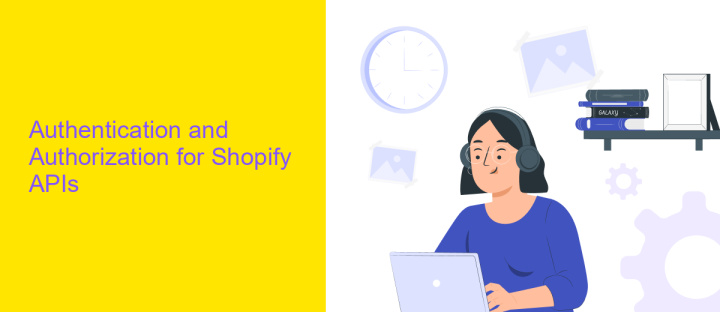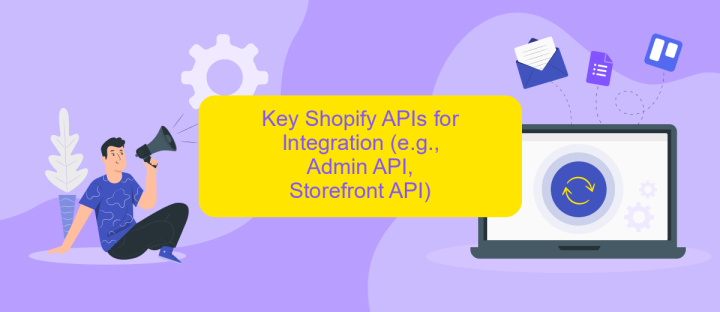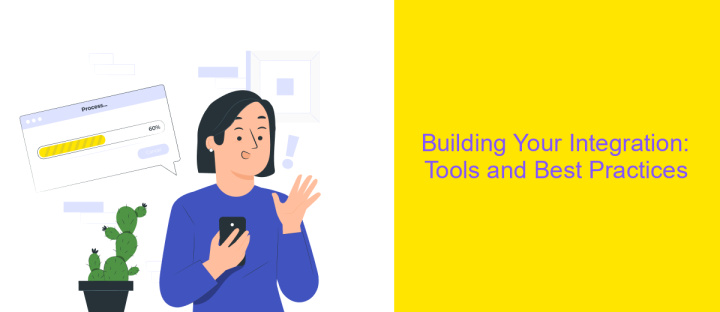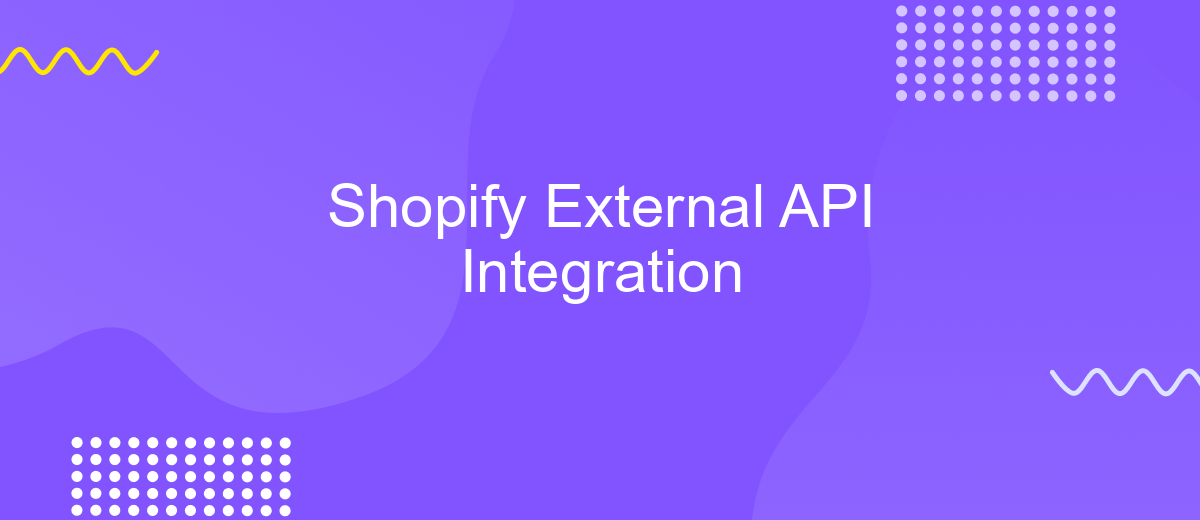Shopify External API Integration
In today's rapidly evolving e-commerce landscape, integrating external APIs with Shopify has become essential for businesses seeking to enhance their online stores' functionality and customer experience. By leveraging Shopify's robust API capabilities, merchants can seamlessly connect third-party applications, automate workflows, and access valuable data insights. This article explores the benefits and best practices of Shopify external API integration, empowering businesses to unlock new opportunities for growth and efficiency.
Understanding Shopify's External API Landscape
Shopify's External API landscape offers a robust framework for developers aiming to enhance e-commerce platforms. These APIs provide seamless integration capabilities, allowing businesses to extend their Shopify stores with custom functionalities and third-party services. Understanding the various APIs available is crucial for optimizing store operations and improving customer experiences.
- Storefront API: Enables developers to build custom shopping experiences on any platform, providing access to product and order data.
- Admin API: Offers comprehensive control over store management tasks, such as inventory, orders, and customer data.
- Checkout API: Facilitates the creation of custom checkout processes, enhancing the purchasing journey for customers.
- Billing API: Manages the financial aspects, including subscription plans and one-time charges, ensuring seamless transactions.
By leveraging these APIs, developers can create unique and tailored solutions that cater to specific business needs. Whether it's building a custom app, integrating with existing systems, or developing a new sales channel, Shopify's External APIs provide the flexibility and tools required to innovate and succeed in the competitive e-commerce landscape.
Authentication and Authorization for Shopify APIs

When integrating with Shopify APIs, authentication and authorization are crucial to ensure secure and efficient data exchange. Shopify uses OAuth 2.0 protocol, which allows third-party applications to securely access a store's data. To begin, developers must create a Shopify app through the Shopify Partners Dashboard. This app will provide the necessary API credentials, including the API key and secret, which are essential for authenticating requests. During the OAuth process, users authorize the app to access specific data, ensuring that only permitted information is shared.
For seamless integration, utilizing tools like ApiX-Drive can simplify the authentication setup. ApiX-Drive offers a user-friendly interface to connect various applications, including Shopify, without extensive coding. This service manages the OAuth flow, enabling quick and secure connections to Shopify APIs. By leveraging such tools, developers can focus on building functionalities rather than handling complex authentication processes. Proper authorization ensures that applications only access the data they are permitted to, maintaining the integrity and security of the Shopify store's information.
Key Shopify APIs for Integration (e.g., Admin API, Storefront API)

Integrating with Shopify's ecosystem requires understanding its key APIs, each serving distinct purposes to enhance your e-commerce platform. These APIs offer extensive capabilities to manage your store's data, streamline operations, and create dynamic customer experiences.
- Admin API: This API is fundamental for managing store operations. It provides access to resources like orders, products, and customers. With Admin API, developers can automate tasks, update inventory, process orders, and manage store configurations.
- Storefront API: Designed for building custom storefronts, this API allows developers to fetch product data, collections, and checkout processes. It facilitates creating personalized shopping experiences and integrating with headless commerce solutions.
- GraphQL API: A modern approach to data retrieval, the GraphQL API enables efficient data querying. It allows for precise data requests, reducing payload size and improving performance, making it ideal for both Admin and Storefront API interactions.
These Shopify APIs are essential tools for developers aiming to extend and customize Shopify stores. By leveraging these APIs, businesses can optimize their operations, enhance customer engagement, and innovate with tailored solutions that meet specific business needs.
Building Your Integration: Tools and Best Practices

When building your integration with Shopify's External API, it's crucial to understand the available tools and adhere to best practices. Start by familiarizing yourself with Shopify's API documentation, which provides comprehensive guides and reference materials. This foundational step ensures that you are aware of the API's capabilities and limitations, setting the stage for a successful integration.
Next, choose the right tools for development. Depending on your programming language of choice, you might opt for Shopify's official libraries or third-party SDKs that simplify API interactions. These tools can significantly reduce development time and help maintain code quality. Additionally, consider using API testing tools like Postman to validate your requests and responses before deploying them to a live environment.
- Utilize Shopify's official libraries for streamlined development.
- Incorporate API testing tools to ensure functionality.
- Adhere to Shopify's rate limits to avoid service disruptions.
- Implement error handling to manage unexpected API responses.
By following these best practices, you can create a robust and efficient integration with Shopify's External API. This approach not only enhances the reliability of your application but also improves user experience, ensuring seamless interactions with Shopify's platform.


Deployment, Maintenance, and Troubleshooting
Deploying your Shopify External API Integration requires careful planning to ensure a smooth launch. Begin by thoroughly testing your integration in a staging environment to identify potential issues. Once testing is complete, schedule the deployment during off-peak hours to minimize disruptions. Utilize tools like ApiX-Drive to streamline the integration process, allowing for seamless data transfer between Shopify and external applications. Ensure that all API keys and credentials are securely stored and accessible only to authorized personnel.
Post-deployment, regular maintenance is crucial to ensure continued functionality and security. Monitor API usage and performance metrics to detect any anomalies early. Implement automated alerts to notify your team of any potential issues. For troubleshooting, maintain comprehensive logs to track API requests and responses, aiding in quick identification of problems. Utilize ApiX-Drive's built-in error handling features to resolve common issues efficiently. Regularly review and update your integration to accommodate changes in Shopify's API or external systems, ensuring long-term reliability and performance.
FAQ
What is Shopify External API Integration?
How can I integrate an external API with my Shopify store?
Are there any tools to automate Shopify API integrations?
What are the benefits of using Shopify External API Integration?
Is coding knowledge required for Shopify External API Integration?
Do you want to achieve your goals in business, career and life faster and better? Do it with ApiX-Drive – a tool that will remove a significant part of the routine from workflows and free up additional time to achieve your goals. Test the capabilities of Apix-Drive for free – see for yourself the effectiveness of the tool.

